- Home
- Articles
- Architectural Portfolio
- Architectral Presentation
- Inspirational Stories
- Architecture News
- Visualization
- BIM Industry
- Facade Design
- Parametric Design
- Career
- Landscape Architecture
- Construction
- Artificial Intelligence
- Sketching
- Design Softwares
- Diagrams
- Writing
- Architectural Tips
- Sustainability
- Courses
- Concept
- Technology
- History & Heritage
- Future of Architecture
- Guides & How-To
- Art & Culture
- Projects
- Interior Design
- Competitions
- Jobs
- Store
- Tools
- More
- Home
- Articles
- Architectural Portfolio
- Architectral Presentation
- Inspirational Stories
- Architecture News
- Visualization
- BIM Industry
- Facade Design
- Parametric Design
- Career
- Landscape Architecture
- Construction
- Artificial Intelligence
- Sketching
- Design Softwares
- Diagrams
- Writing
- Architectural Tips
- Sustainability
- Courses
- Concept
- Technology
- History & Heritage
- Future of Architecture
- Guides & How-To
- Art & Culture
- Projects
- Interior Design
- Competitions
- Jobs
- Store
- Tools
- More
Essential Tips and Techniques for Stunning Architectural Model Photography
Discover the art of architectural model photography, where precision meets creativity. Learn techniques for mastering lighting, composition, and depth of field to capture every intricate detail. Explore tools, equipment, and innovative approaches to transform scaled models into vivid, professional visuals that showcase an architect's design vision with clarity and artistry.

Capturing the essence of architectural models through photography is more than just snapping pictures; it’s an art form that brings designs to life. These miniature representations hold the vision and creativity of architects, and it’s up to us to showcase their details, textures, and proportions with precision. Whether it’s for presentations, portfolios, or exhibitions, great photography can make a model feel tangible and immersive.
We know how important it is to highlight every angle and element of these intricate creations. Lighting, composition, and perspective play a huge role in transforming a simple model into a visual story. With the right techniques, we can elevate these designs, making them not just seen but truly appreciated. Architectural model photography bridges the gap between imagination and reality, giving viewers a glimpse into the future of a space before it’s even built.

Table of Contents
ToggleUnderstanding Architectural Model Photography
Architectural model photography focuses on presenting scaled designs with accuracy and artistic appeal. It translates three-dimensional models into two-dimensional representations while preserving their essence. This practice requires precision to highlight intricate details, spatial relationships, and textural contrasts.
Lighting control is critical for emphasizing contours, shadows, and materials. Soft diffused light reduces harsh reflections, while directional light adds depth. For instance, using side lighting casts dynamic shadows, enhancing the perception of volume.
Compositional techniques guide viewer focus to key elements. Aligning the model’s elements with the rule of thirds, leading lines, or golden ratio creates visually balanced images. Close-up shots of features, like facades or miniature interiors, offer unique perspectives.
Camera settings also influence clarity and depth. A narrow aperture (e.g., f/11 or higher) ensures sharp focus across the model, especially for large structures. Using a lower ISO reduces noise, resulting in cleaner photos. Tripods stabilize the camera for longer exposures.
Post-processing refines photographs, adjusting color balance, contrast, and sharpness. It corrects minor flaws without altering the model’s authenticity. Subtle enhancements make images more professional and engaging.
Understanding these principles builds a foundation for capturing architectural models effectively.
Essential Equipment For Architectural Model Photography
Capturing architectural models requires specialized tools to achieve precision and artistic appeal. Using the right equipment ensures realistic representation and elevates the overall visual quality.

Cameras And Lenses
High-resolution cameras with manual controls are essential for detail and flexibility. A DSLR or mirrorless camera with at least 24 MP resolution ensures sharp images. Pairing it with specific lenses enhances outcomes. Macro lenses excel at close-up shots of intricate textures, while tilt-shift lenses correct perspective distortions, maintaining straight lines in architectural photography.
Lighting Tools
Proper lighting showcases the model’s design and materials. Softboxes and diffusers help create smooth, even light, reducing harsh shadows and overexposure. Portable LED panels are ideal for controlled lighting in smaller setups. Additionally, reflective surfaces, such as bounce cards, direct light into shaded areas, ensuring every detail is visible.
Background And Props
Neutral backgrounds eliminate distractions and maintain focus on the model. White, black, or gray backdrops work best for aligning with various lighting needs. Props, like miniature trees or figures, provide context and scale, aiding viewers’ interpretation of the model’s dimensions. Using non-reflective surfaces prevents unwanted glare in the composition.
Techniques For Capturing Stunning Images
Capturing architectural models requires precision and creativity to highlight their design intricacies. Using strategic techniques enhances the visual appeal and ensures accurate representation.

Mastering Composition
Planning composition ensures the model’s key features stand out. Aligning elements with the rule of thirds creates balance and guides viewer attention naturally. Utilizing leading lines in the model’s design directs focus to critical areas, making the overall image more engaging. Symmetry and framing within the design can add structure and harmony, ensuring the composition complements the model’s layout.
Playing With Lighting And Shadows
Lighting transforms how architectural models are perceived. Using soft diffused lighting minimizes harsh reflections and evenly illuminates surfaces, ideal for smooth textures. For added drama, directional lighting emphasizes depth by accentuating shadows within contours and details. Experimenting with light angles can reveal subtle aspects of materials, adding realism and dimension to the image.
Using Depth Of Field Effectively
Adjusting depth of field isolates specific areas of the model while maintaining context. Selecting a wide aperture (small f-stop) blurs the background, drawing attention to intricate details. At the same time, using a narrower aperture ensures the entire model stays sharp, particularly for broad designs. Proper focus enhances professional quality and authenticity, emphasizing both artistic and technical accuracy.
Challenges In Architectural Model Photography
Architectural model photography presents unique technical and artistic challenges. Key obstacles include managing reflective surfaces and ensuring accurate representation of scale and precision.

Handling Reflections
Reflections often disrupt clarity and conceal crucial details in architectural models. Models with glossy finishes, glass components, or metallic elements are especially prone to this issue. Using polarizing filters minimizes glare and enhances visibility of underlying details. Adjusting the camera’s angle reduces unwanted reflections, while soft, diffused lighting prevents harsh light from amplifying reflective surfaces. Black foam boards, placed strategically, help absorb excess light and control reflection intensity in the frame.
Maintaining Precision And Scale
Maintaining scale is critical in architectural model photography to accurately portray design proportions. Use focal lengths between 50 mm and 100 mm to avoid distortion and retain proper perspectives. Tilt-shift lenses correct converging lines, ensuring geometries stay uniform in the image. Incorporating standard objects, like rulers or scaled human figures, adds context and helps viewers grasp the model’s dimensions. Consistent use of precise camera settings, such as a small aperture for a wide depth of field, ensures all elements of the model appear sharp and proportionate.
Creative Approaches To Enhance Visual Impact
Exploring creative techniques boosts the aesthetic quality of architectural model photography. Unique perspectives and contextual elements can help bring out the character of the design.

Experimenting With Angles
Exploring unconventional angles creates dynamic and engaging photographs. Overhead shots emphasize floor plans and spatial layouts, while low angles magnify the verticality and stature of a model. Diagonal compositions add a sense of movement, breaking the monotony of standard views. Rotating the camera to capture partial vistas highlights specific design features or intricate textures. By varying camera height and angle, we create insights into the architectural narrative beyond typical elevations.
Adding Context Through Background
Incorporating context-appropriate backgrounds enhances the story the model tells while retaining focus on the design. Neutral-colored backgrounds like white or gray eliminate distractions, emphasizing model details. Contrasting backdrops, such as natural or urban textures, establish scale and atmosphere, simulating real-world settings. Incorporating props like miniature trees, vehicles, or figures brings the design to life, offering relatable scaling cues. When properly integrated, backgrounds transform isolated models into immersive and visually balanced compositions.
Conclusion
Architectural model photography blends technical precision with artistic creativity. By mastering essential techniques, like controlled lighting, careful composition, and accurate depth of field, we can highlight the intricate details and materials of each model. High-quality equipment, including high-resolution cameras and specialized lenses, ensures that every image reflects the model’s authenticity and design intent.
We also recognize the value of overcoming challenges, such as managing reflections and maintaining scaled accuracy. Techniques like using polarizing filters, adjusting angles, and employing tilt-shift lenses help us achieve professional results. Creativity further elevates our work, with angled shots, context-driven backgrounds, and scaled props adding depth and realism to our compositions.
Effective architectural model photography captures the architect’s vision, allowing designs to resonate with viewers and communicate ideas clearly and compellingly.
- architectural model photo shoot
- Architectural model photography
- architectural photography tips
- architectural scale model photography
- architecture model photography lighting
- architecture model photography techniques
- architecture models photography guides
- artistic model photography
- best camera for model photography
- camera settings for model photography
- how to photograph models
- model photo lighting
- model photography lighting techniques
- model photography tips
- photo tips for architecture models
- photographing architectural models
- photographing scale models
- photography techniques for architecture
- photography techniques for models
- professional model photography
- stunning architecture photos
Submit your architectural projects
Follow these steps for submission your project. Submission FormLatest Posts
Famous Architectural Photographers You Should Know
Famous architectural photographers you should know—Stoller to Baan. Learn their styles, what...
How to Restore Old Photos of Historical Buildings with AI Tools
Introduction To restore old photos is essential since these contain invaluable memories,...
From Las Vegas to Rome: A Visual Journey by Iwan Baan at Princeton University
The Princeton University School of Architecture presents “From Las Vegas to Rome”...
Unlocking the Art of Architectural Photography: Techniques, Tips, and Equipment Guide
Explore the captivating world of architectural photography in our latest article. Discover...




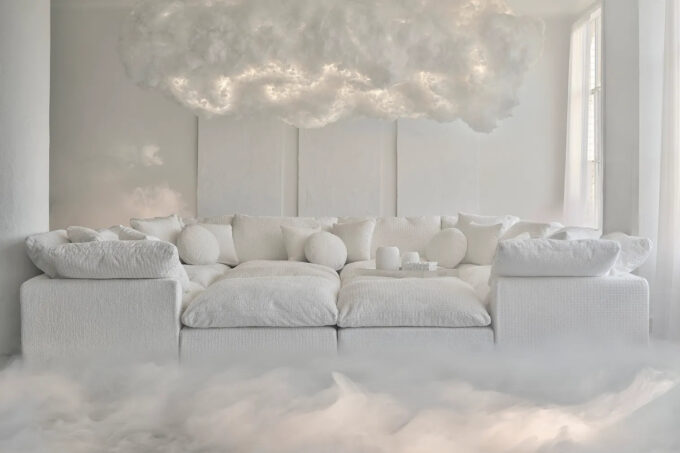

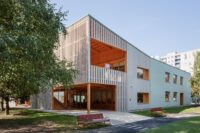
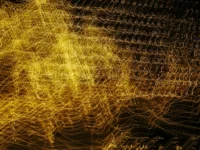
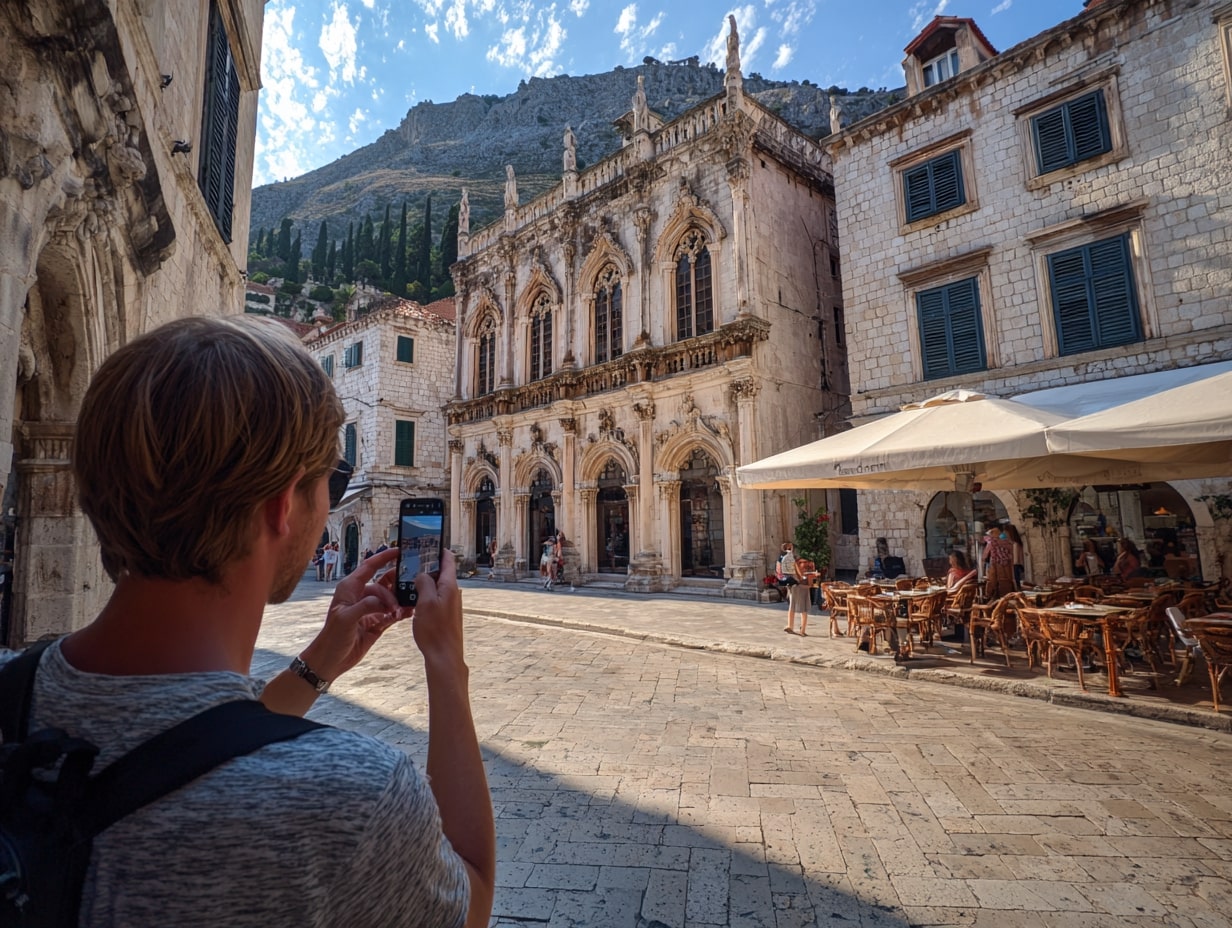
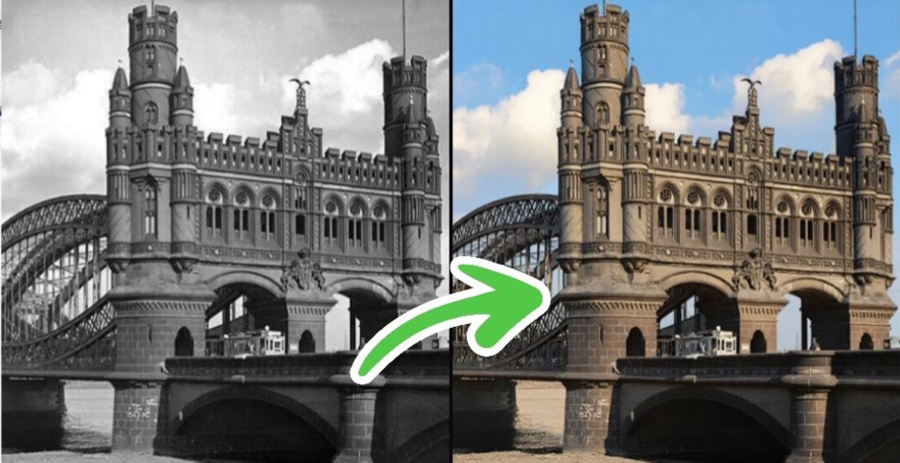


Leave a comment